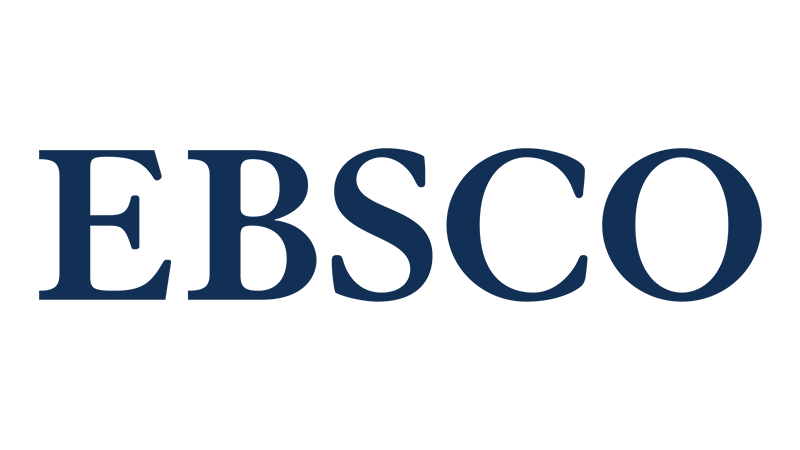
Abstract
Abstract
Finance is considered as "the lifeblood of an economy" and imperative to a country's growth and stability. However, this perception has been called into two propositions, "More finance more growth "and "Does too much finance harm economic growth”? Existing literature considered only a single indicator i.e. total financing, assuming all financing has the same effect on growth. Furthermore, these studies also overlooked the nonlinear dynamics of Islamic decomposed financing and sectoral growth. As the composition of every economic sector is different, therefore financing can impact differently. This gap is covered in this study by decomposing Islamic financing into Islamic producer financing and Islamic consumer financing with special emphasis on industrial output growth in order to revisit the relationship in Pakistan. Based upon quantitative time series analysis over the period of 2010 Q1 to 2020 Q4, this study has employed autoregressive distributive lag (ARDL) with quadratic specifications. Moreover, the estimated coefficients are plotted to visualize the nonlinear impact of Islamic financing. This study found an inverted u-shape relationship between Islamic bank decomposed financing and industrial growth in the long run but this relationship is insignificant in the short run because the share of Islamic financing is very low compared to its conventional counterpart. Empirical findings indicate a threshold effect where the level of financial development positively contributes to the growth only up to a certain level of financing, and after surpassing this can harm the growth. This study enriches the discussion on Islamic decomposed financing and the threshold effect. Policymakers may revisit the Islamic finance development policies to liberalize the Islamic financial system as Islamic finance industry is also linked with KIBOR, so the vanishing effect reflects near the threshold point of financing.
Keywords
Islamic Producer Finance, Islamic Consumer Finance, Output Growth, Threshold effects
DOI
https://doi.org/10.54784/1990-6587.1506
Journal of Economic Literature Subject Codes
E51, O47, G11
Creative Commons License

This work is licensed under a Creative Commons Attribution 4.0 International License.
Recommended Citation
Yasmin, S., & Ayaz, M. (2023). Islamic banks' decomposed financing and industrial output growth in Pakistan. Business Review, 18(1), 107-131. Retrieved from https://doi.org/10.54784/1990-6587.1506
Submitted
September 15, 2022
Revised
March 09, 2023
Accepted
June 06, 2023
Published
June 26, 2023
Included in
Accounting Commons, Business Administration, Management, and Operations Commons, Business Analytics Commons, E-Commerce Commons, Finance and Financial Management Commons
Publication Stage
Published










